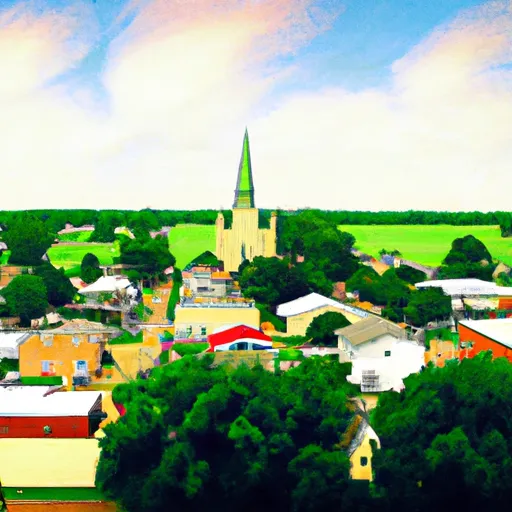°F
°F
mph
Windspeed
%
Humidity











Transylvania is a small town located in East Carroll Parish, Louisiana. It experiences a humid subtropical climate, characterized by hot and humid summers and mild winters. Summers have average temperatures ranging from 90°F (32°C) to 95°F (35°C), while winters have average temperatures around 50°F (10°C). The region receives abundant rainfall throughout the year, with an average annual precipitation of around 55 inches (140 cm).
Hydrologically, Transylvania is situated near the Mississippi River and its tributaries. This location provides opportunities for various water-based activities, such as boating, fishing, and wildlife observation. The river and nearby lakes offer a diverse range of fish species, including bass, catfish, and crappie.
Outdoor recreation enthusiasts can explore the abundant natural beauty surrounding Transylvania. The region boasts scenic trails for hiking and biking, allowing visitors to immerse themselves in the lush forests and picturesque landscapes. Hunting is also a popular activity during designated seasons, with opportunities to pursue deer, turkey, and waterfowl.
In conclusion, Transylvania, Louisiana offers a humid subtropical climate, abundant rainfall, proximity to waterways, and a variety of outdoor recreation opportunities, making it an appealing destination for nature lovers and adventurers.
Weather Forecast
Transylvania receives approximately 1432mm of rain per year, with humidity levels near 84% and air temperatures averaging around 18°C. Transylvania has a plant hardyness factor of 8, meaning plants and agriculture in this region tend to thrive here all year round.
Regional Streamflow Levels
112
Cubic Feet Per Second
26
Cubic Feet Per Second
193
Cubic Feet Per Second
10
Cubic Feet Per Second
Nearby Camping
| Camping Area | Reservations | Toilets | Showers |
|---|---|---|---|
| Farr Park | |||
| Warfield Point Park | |||
| Natchez State Park | |||
| Grand Gulf Military Park | |||
| Chicot County RV Park | |||
| Lake Bruin State Park |



